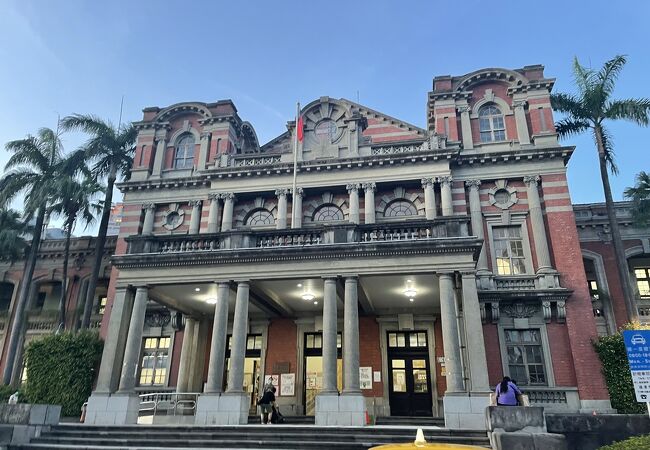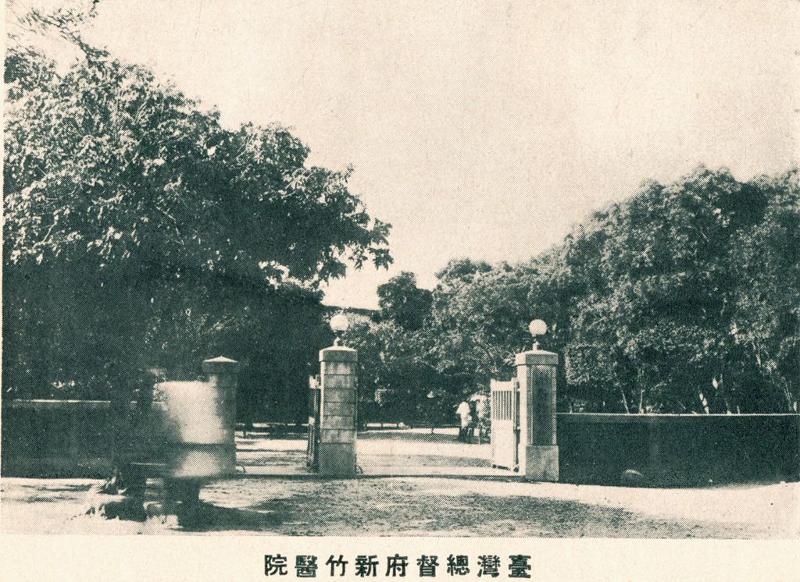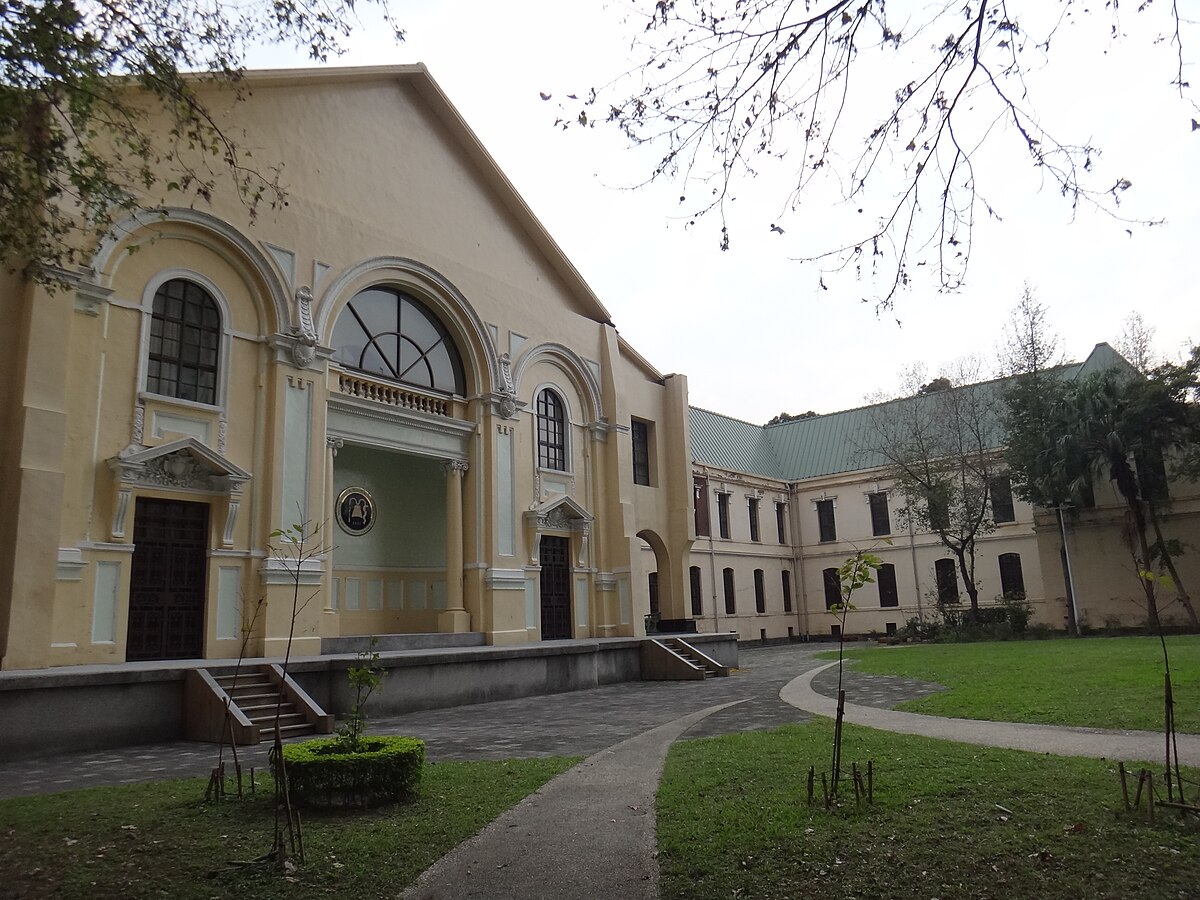Lee-Shuan LIN
DVM, MA, PhD
林 莉萱 副教授
Tel: +886-8-7703202-5059
Email: lslin@mail.npust.edu.tw
Associate Professor, National Pingtung University of Science and Technology (NPUST), Pingtung, Taiwan
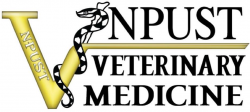
Education
2001 National Taiwan University, Department of Veterinary Medicine, DVM.
2003 Taipei Medical University, Graduate Institute of Medical Sciences, MA.
2013 University of Tokyo, Doctoral course of Veterinary Medicine, Ph.D.
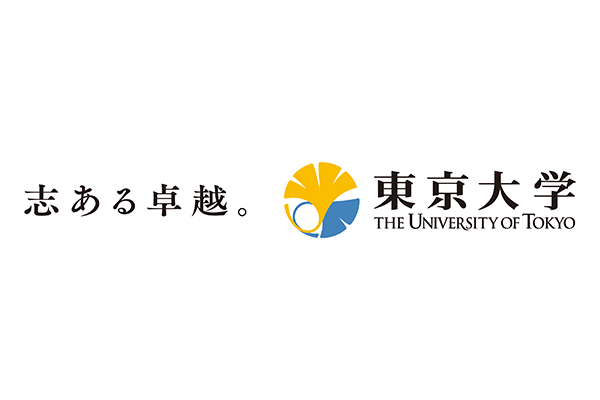
Working Experience
2006-2006 Clinical Veterinarian, domestic animal hospital
2006-2008 Clinical Veterinarian, National Taiwan University
2013-2020 Assistant Professor, Department of Veterinary Medicine, NPUST
2013- Director of Diagnostic Imaging, Veterinary Medical Teaching Hospital, NPUST
2020- Associate Professor, Department of Veterinary Medicine, NPUST
2021- Jointly Appointed Associate Professor, School of Dentistry, College of Dental Medicine, Kaohsiung Medical University, Kaohsiung, Taiwan,
2021- Jointly Appointed Associate Professor, Department of Medical Imaging and Radiological Sciences, College of Health Sciences, Kaohsiung Medical University, Kaohsiung, Taiwan

Expertise
Veterinary Radiology (XR, US, CT, MRI, NM)
Veterinary Endoscopy
Application of 3D Printing in Companion Animals
Publish
1. Hsu TC, Lin LS, Chung CS, Chiang C, Chiu HC, Huang PH. 2022 June 17. Colonic Intramural Hematoma in a Cat: A Case Report. Front Vet Sci 9:913862. (SCI) (Correspondence)
2. Chang CC, Wechtaisong W, Chen SY, Cheng MC, Chung CS, Lin LS, Lien YY, Tsai YL. 2022, June 13; Prevalence and Risk Factors of Zoonotic Dermatophyte Infection in Pet Rabbits in Northern Taiwan. J. Fungi. 8(6), 627. (SCI)
3. Chang YS, Chiang C, Shih CH, Lin LS. 2022, May 18; Pathology in Practice. J Am Vet Med Assoc. 259(S2): 1-3 (SCI) (Correspondence)
4. Jaffey JA, Kreisler R, Shumway K, Lee YJ, Lin CH, Durocher-Babek LL, Seo KW, Choi H, Nakashima K, Harada H, Kanemoto H, Lin LS. 2022, Feb; Ultrasonographic patterns, clinical findings, and prognostic variables in dogs from Asia with gallbladder mucocele. J Vet Intern Med. (SCI)
5. Chiang C, Chen KS, Chiu HC, Chung CS, Lin LS. 2022, Feb 1; Computed Tomography Lymphangiography via Intrametatarsal Pad injection is Feasible in Cats with Chylothorax. Am J Vet Res. 83(2); 133-139. (SCI)(Correspondence)
6. Lin LS, Teo YM, Chung CS. 2021 Nov 25. Case Report: Treatment of Femoral Non-union with Rib and Iliac Crest Autografts and rhBMP-2 in a Cat. Front Vet Sci 8:756167. (SCI) (Co-fist author)
7. Kuo YW, Lin LS, Li YC, Chen KS. 2021 Jul 22; Thoracic Radiographic Features of Fatal Paraquat intoxication in Eleven Dogs. Vet Q. 41:1, 217-225 (SCI)
8. Chung CS, Li YC, Lin LS. 2020 Dec; Radiographic Findings and Pathology of a Dog with Mercury Toxicity. Forensic Imaging. 23, 200421 (ESCI) (Correspondence)
9. Chen PH, Chung CM, Wang YY, Huang HW, Huang B, Lee KW, Yuan SH, Wu CW, Lin LS, Chan LP. 2020 Nov 21; CYP26A1 is a Novel Biomarker for Betel Quid-related Oral and Pharyngeal Cancers. Diagnostics. 10, 982. (SCI)
10. Tanaka T, Nishida H, Mie K, Yamazaki H, Lin LS, Akiyoshi H. 2020 Aug 3; Assessment of Hepatitis and Fibrosis Using Gd-EOB-DTPA MRI in Dogs. Vet Rec Open. 7(1):e000371 (ESCI)
11. Lin LS, Chung CS. 2020 July; Novel Contrast Agent Visphere is Feasible for Contrast-enhanced Ultrasonography in Dogs. Vet Radiol Ultrasound. 61(4):461-470 (SCI) (Fist author/ Correspondence)
12. Lin LS, Chiu HC, Nishimura R, Fujiwara R, Chung CS. 2020 July; Computed Tomographic Lymphangiography via Intra-metatarsal Pad Injection is Feasible in Dogs with Chylothorax. Vet Radiol Ultrasound. 61(4):436-443 (SCI) (Fist author/ Correspondence)
13. Tu YJ, Chung CS, Lin LS. 2020 Apr; Using Sildenafil to Treat a Dog with Idiopathic Megaesophagus. Taiwan Vet J. 46 (1):1-6 (Correspondence)
14. Tanaka T, Akiyoshi H, Nishida H, Mie K, Lin LS, Iimori Y, Okamoto M. 2019 Nov 22; Contrast-enhanced Computed Tomography Findings of Canine Primary Renal Tumors Including Renal Cell Carcinoma, Lymphoma, and Hemangiosarcoma. PLoS ONE. 14(11):e0225211. (SCI)
15. Hsu HS, Lin TH, Wu HY, Lin LS, Chung CS, Chiou MT, Lin CN. 2016 Jun; High Detection Rate of Dog Circovirus in Diarrheal Dogs. BMC Vet Res. 12(1):116 (SCI)
16. Lin LS, Kayasuga-Kariya Y, Nakamura S, Shimohata N, Sakai T, Fujisawa A, Akagi Y, Suzuki S, Chung UI, Sasaki N, Mochizuki M. 2016 Aug; Co-lyophilized Aspirin with Trehalose Causes Less Injury to Human Gastric Cells and Gastric Mucosa of Rats. Dig Dis Sci. 61(8):2242-51 (SCI) (Fist author)
17. Choisunirachon N, Lin LS, Tanaka Y, Saeki K, Fujiwara R, Nishimura R, Nakagawa T. 2014 Dec; Retrospective Study of Computed Tomographic Characterization of Canine Oral Malignant Melanoma in 24 Dogs. Thai J Vet Med. 44(4):497-503 (SCI)
18. Kayasuga-Kariya Y, Iwanaga S, Fujisawa A, Lin LS, Suzuki S, Chung UI, Sasaki N, Shimohata N, Mochizuki M. 2013 Dec; Dermal Cell Death Induced by Topical Application of Non-steroidal Anti-inflammatory Drugs is Suppressed by Trehalose in Ex Vivo Analysis. J Vet Med Sci. 30;75(12):1619-22 (SCI)
19. Lin LS, Kayasuga Y, Shimohata N, Kamata H, Suzuki S, Echigo R, Mochizuki M, Chung UI, Sasaki N. 2012 Nov; Lyophilized Aspirin with Trehalose may Decrease the Incidence of Gastric Injuries in Healthy Dogs. J Vet Med Sci. 74(11):1511-6 (SCI) (Fist author)
Patent
1. 放射影像攝影設備及其操作方法2022年(中華民國專利發明第I774163號)
2. 3D列印動物植入型義肢2019年 (中華民國專利發明第I675650號)
3. 非接觸式紅外線體溫量測系統2017年(中華民國專利新型第M543673號)
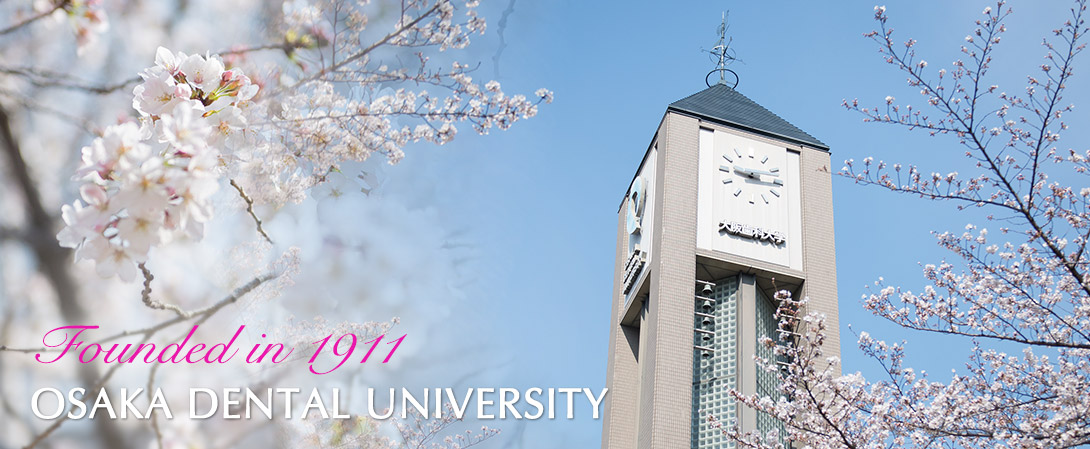






.JPG)

